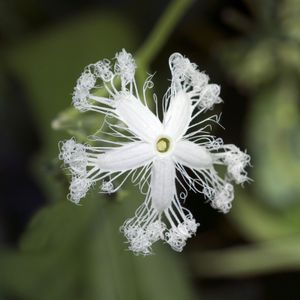silk cotton tree
Learn about this topic in these articles:
aerial seed dispersal
- In “Flying” Trees

For example, the kapok tree, found in tropical forests throughout the world, is an emergent—a tree whose crown rises well above the canopy. The kapok’s towering height enables it to gain access to winds above the canopy. The tiny seeds of the kapok are attached to fine fibres…
Read More
Amazon Rain Forest
- In Amazon River: Plant life

… (Hevea brasiliensis), silk-cotton trees (Ceiba pentandra), Brazil nut trees (Bertholletia excelsa), sapucaia trees (Lecythis), and sucupira trees (Bowdichia). Below the canopy are two or three levels of shade-tolerant trees, including certain species of palms—of the genera Mauritia,
Read More
location and height
- In Suriname: Plant and animal life

The kapok (Ceiba pentandra) reaches a height of more than 150 feet (45 metres). The Central Suriname Nature Reserve, covering nearly 3,950,000 acres (1,600,000 hectares), was established in June 1998 in west-central Suriname. It is one of the largest protected areas of rainforest in the world…
Read More
source of kapok fibre
uses
- In angiosperm: Significance to humans

…example, the seeds of the kapok fruit (Ceiba pentandra; Malvaceae) yield a water-repellent fibre used in sound and thermal insulation and an edible oil used in cooking, lubricants, and soap; the oil cake is rich in protein and is fed to livestock; and the soft, light wood is used to…
Read More











